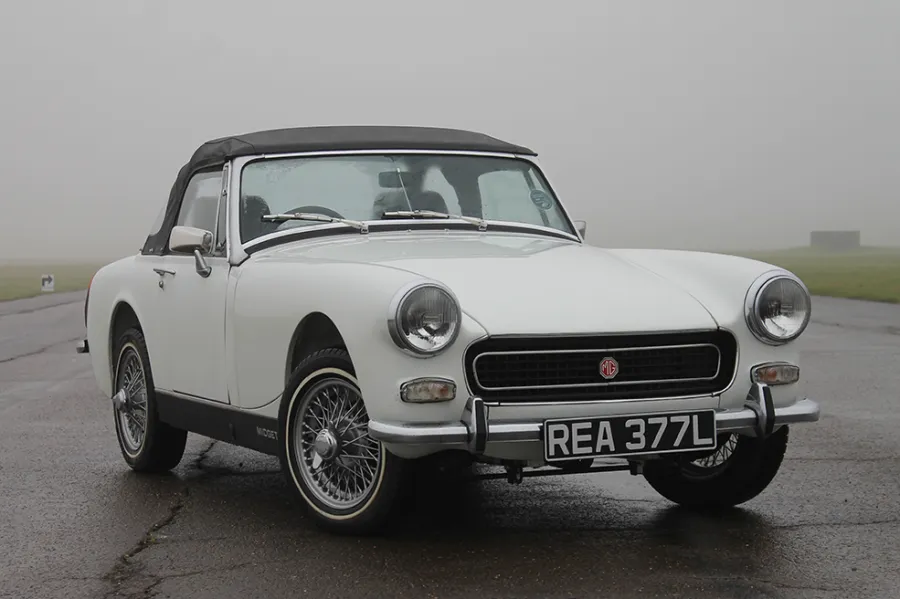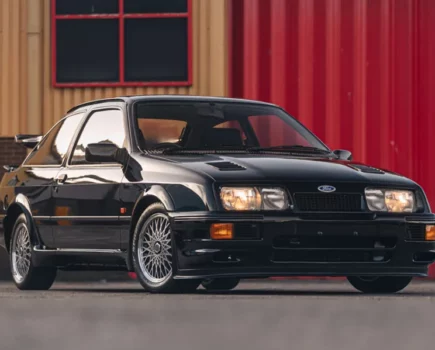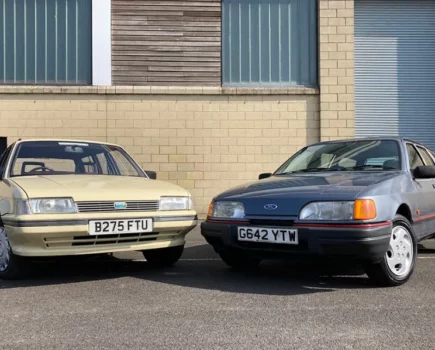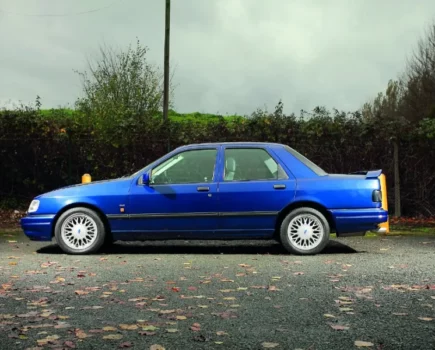The MG Midget is to many the archetypal classic small sports car. Front-engined and rear-wheel drive, it boasts simple mechanicals, excellent parts availability and plenty of fun for what can be a very attractive price. It’s little surprise, then, that it continues to enjoy a buoyant following.
The Midget was in production for more than 18 years from 1961 until late 1979, but it wasn’t a clean-sheet design. It was essentially an updated Austin-Healey Sprite, a car launched in 1958 with the oily bits from the Austin A35. The revamped Mk2 Sprite arrived three years later, with a remodelled rear end to include proper access to the boot and the ‘Frogeye’ clamshell with its famous upright headlights superseded by conventional wings and a separate bonnet.
A badge-engineered MG version was inevitable. After all, the Sprite was already made at MG’s Abingdon factory, and the octagon badge was still synonymous with small sports cars. MG certainly played on this by reviving the Midget name first ascribed to the M Type of 1929.
Launched in July 1961, the new Midget only had minor differences from the Sprite but brought sub-1000cc motoring back to MG enthusiasts for the first time since 1936. That was short-lived however, as the following year saw the 948cc engine replaced by a 56bhp 1098cc version with an improved gearbox and disc brakes.
For at least five years, development was almost continuous. The 1964 introduction of the Mk2 Midget (and Mk3 Sprite) saw the 1098cc motor revised to make it stronger, while other additions included exterior door handles, a new dash, fitted carpets and wind-up windows instead of side screens. The biggest change, however, saw the old quarter elliptic rear spring set-up replaced by a semi-elliptical layout, improving the ride while imposing less stress on the bodyshell.
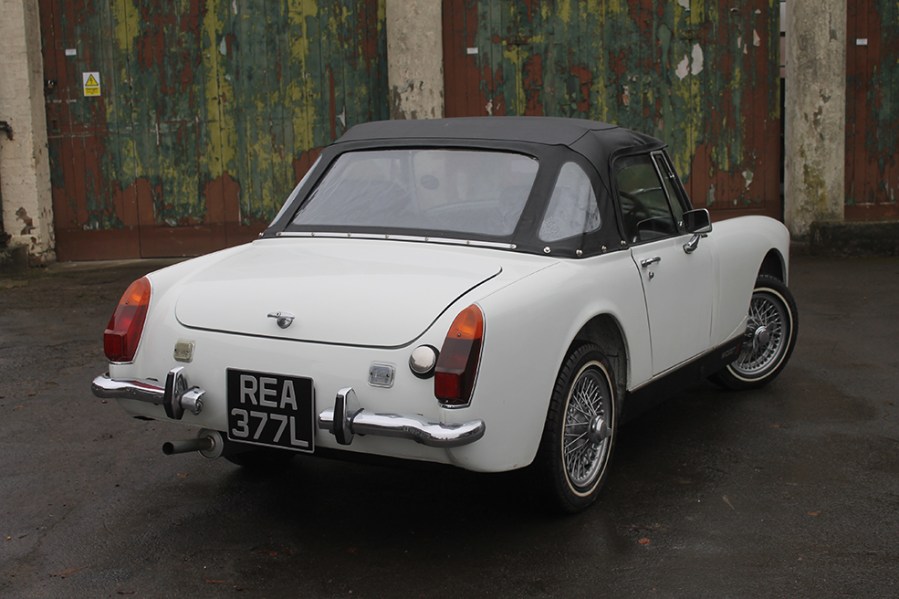
It took two more years for BMC to launch the Mk3 Midget (and Mk4 Sprite) with a 1275cc engine – and even then, it wasn’t the full-fat 76bhp Mini Cooper S version. Nevertheless, power was upped to 64bhp and it could now manage 95mph. For the first time, the cars also got a proper convertible-type hood rather than the infamous pack-away type.
Developed slowed under the new BL management, and it wasn’t until 1970 that the first big post-Leyland facelift occurred. The changes were mostly cosmetic, with a new colour palette, a more contemporary interior and a matt plastic recessed grille, plus quarter bumpers at the rear. The sills were now painted black and new Rostyle steel wheels were standardised. Incidentally, there was now very little to tell the Sprite and Midget apart, and in any case, the facelift would prove to be the Austin-Healey Sprite’s final hurrah. From January 1971, the car was simply named the Austin Sprite, and in mid-1971 it was discontinued altogether.
Then, in 1974, came the biggest changes ever made to the Midget in order to meet stringent new emissions and crash safety regulations in America. The rounded rear wheel arches, introduced only in 1972, reverted to the older squared-off design and meant more metal at the rear end. Much more notable, however, were the heavy black Bayer Bayflex ‘rubber’ bumpers and a raised ride height to bring the headlamps to the now-mandated distance above the road level.
Tight emission standards meant a change of powertrain too, but controversially it was the Triumph 1493cc unit fitted to the Midget’s market rival, the Spitfire. Top speed increased a fraction to over 100mph and torque improved, and there were other advantages such as an all-synchromesh gearbox. However, the larger unit was not as revvy and some feel it changed the car’s character.
The Midget remained a good seller, and although production came to an end in December 1979, that was far from the end. The little MG was on the cusp of being a classic even when you could still buy a new one and has since developed a massive following. There’s excellent club backing from the likes of the Midget and Sprite Club (www.midgetandspriteclub.com) and the MG Car Club (www.mgcc.co.uk), and almost all the parts are readily available to restore one.
The concept of being a hoot to drive but inexpensive and simple to work on means the Midget still makes sense as a classic car. Here’s what you need to look for when buying.

